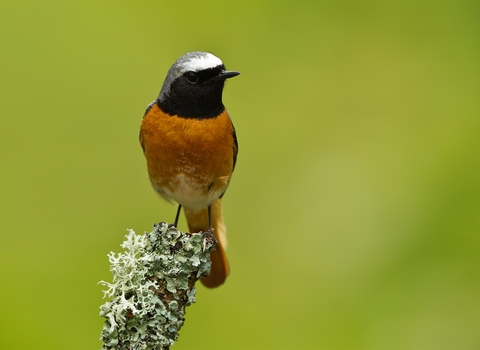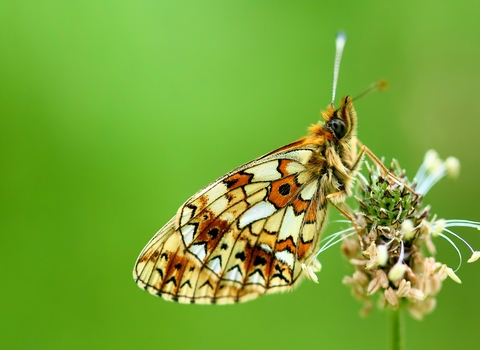In 2021, two sightings of the Long-horned bee (Eucera longicornis) were recorded from roadside verges in the small vice-county of Radnorshire. This UK priority species was also previously spotted in 2018 at Radnorshire Wildlife Trust’s Gilfach Nature Reserve, by the Exploring Gilfach Project Officer, Barbara. The Long-horned bee has been recorded in the coastal areas of south Wales, but not in mid Wales until these recent sightings. With inland colonies considered to be very rare, this is very exciting news. The presence of this species was again confirmed with another sighting at Gilfach Nature Reserve in 2022.
The Long-horned bee is one of the UK’s largest solitary bees, with a flight season from May until August. The male has exceptionally long antennae, hence the name. This species will usually nest in aggregations, in friable earth, exposed to the sun which helps to keep these nesting sites warm. Long-horned bees are especially fond of vetches and red clover, and are often recorded in open woodland glades, coastal sites and occasionally heathland.





